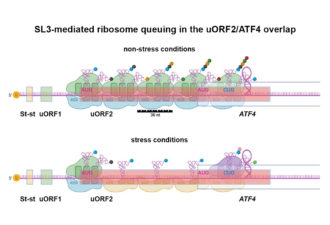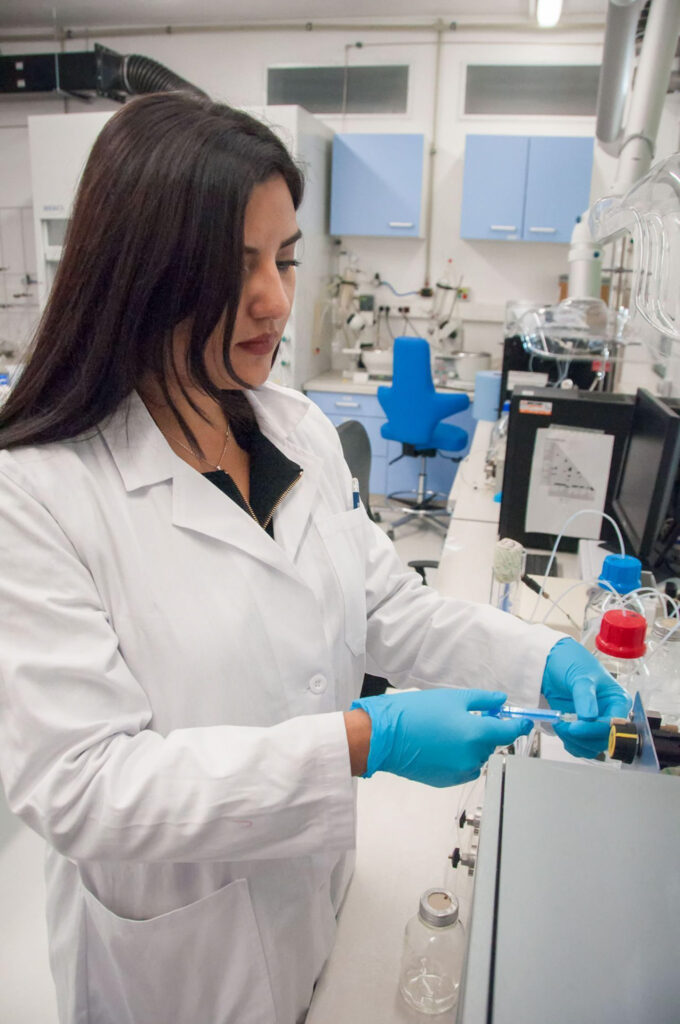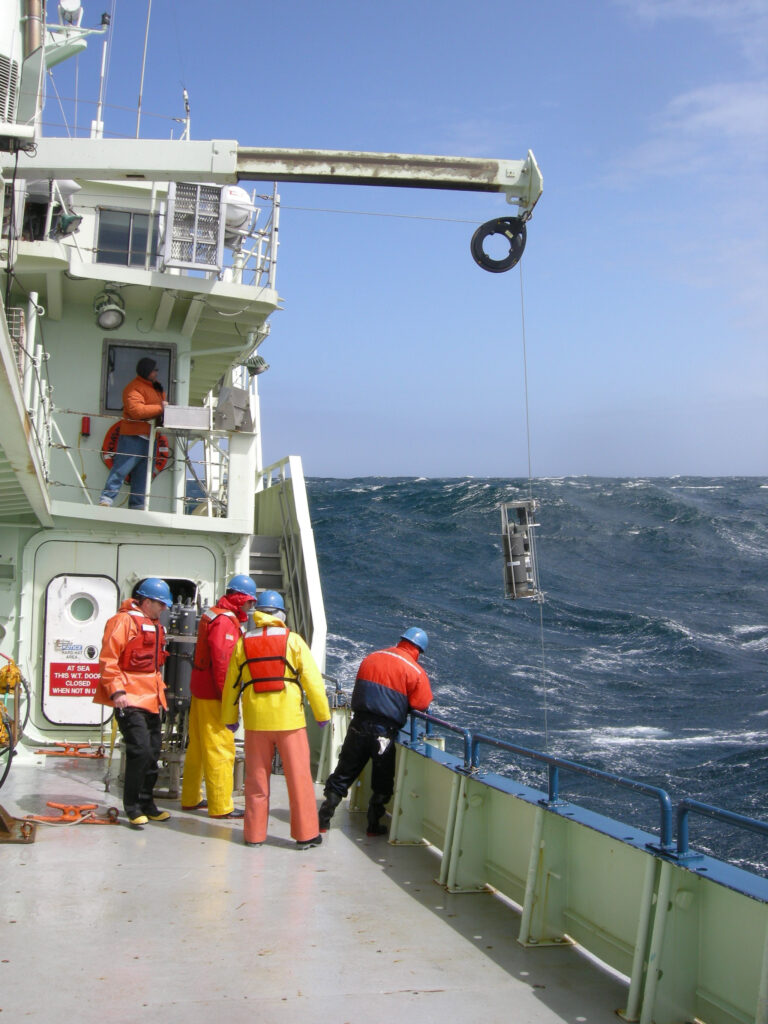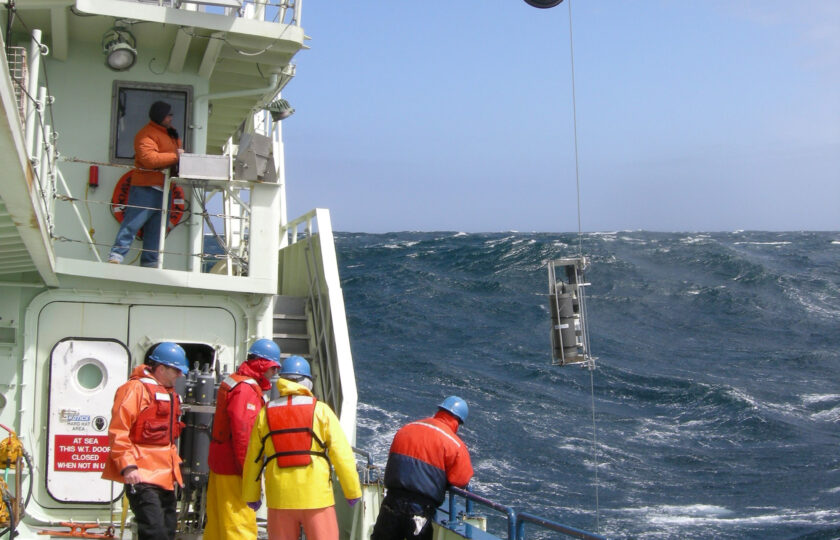
A study published in Nature Microbiology describes a previously unknown mechanism of light energy capture in marine archaea of the Asgard group. These microorganisms have attracted growing attention in recent years as probable direct ancestors of more complex eukaryotic organisms. Because members of the Asgard group cannot yet be cultivated in laboratory conditions, their study relies on the analysis of environmental DNA collected from marine habitats.
In the computer-assembled genomes of these organisms, scientists discovered genes encoding a new group of microbial rhodopsins — light-activated proteins that, upon illumination, transport protons across biological membranes and help generate ATP. Unlike visual rhodopsins (e.g. those found in the eyes of animals), the newly described rhodopsins contain additional light-harvesting antennas composed of hydroxylated carotenoids, such as lutein, diatoxanthin and fucoxanthin, which allow them to absorb blue light — common in ocean waters — more effectively.
The international team encompassed researchers from Israel, Japan, Germany, Switzerland and Czech Republic. Researchers from the Algatech Centre of the Institute of Microbiology CAS — Daniela Bárcenas-Pérez, José Cheel, and Michal Koblížek — prepared the purified carotenoids needed to reconstitute functional rhodopsins in the laboratory, enabling the team to clearly demonstrate their light-harvesting function. This discovery significantly broadens our understanding of the evolution of light-powered phototrophy in ocean-dwelling microorganisms.


Publication: Structural insights into light harvesting by antenna-containing rhodopsins in marine Asgard archaea
Abstract: Aquatic bacterial rhodopsin proton pumps harvest light energy for photoheterotrophic growth and are known to contain hydroxylated carotenoids that expand the wavelengths of light utilized, but these have not been characterized in marine archaea. Here, by combining a marine chromophore extract with purified archaeal rhodopsins identified in marine metagenomes, we show light energy transfer from diverse hydroxylated carotenoids to heimdallarchaeial rhodopsins (HeimdallRs) from uncultured marine planktonic members of ‘Candidatus Kariarchaeaceae’ (‘Candidatus Asgardarchaeota’). These light-harvesting antennas absorb in the blue-light range and transfer energy to the green-light-absorbing retinal chromophore within HeimdallRs, enabling the use of light that is otherwise unavailable to the rhodopsin. Furthermore, we show elevated proton pumping by the antennas in HeimdallRs under white-light illumination, which better simulates the light conditions encountered by these archaea in their natural habitats. Our results indicate that light-harvesting antennas in microbial rhodopsins exist in families beyond xanthorhodopsins and proteorhodopsins and are present in both marine bacteria and archaea.


